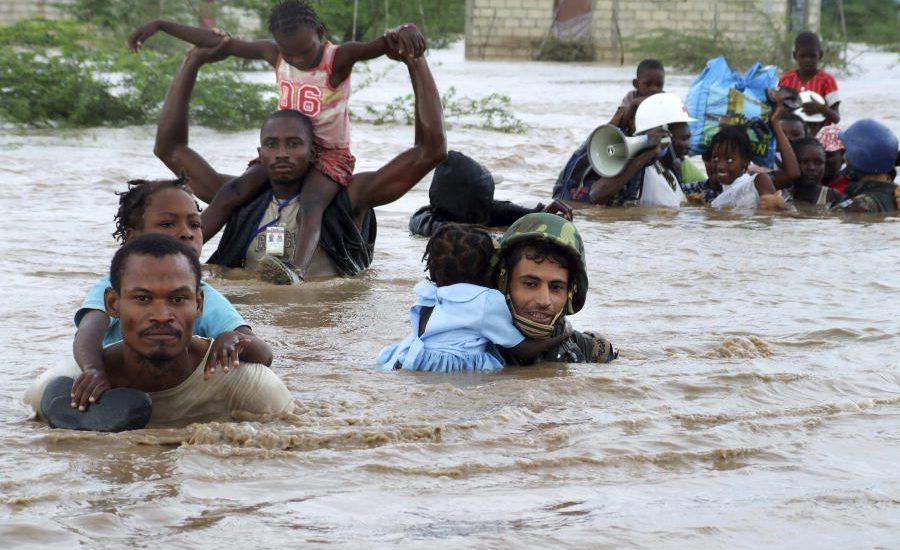- May 10, 2022
- Posted by: humanitarianweb
- Category: Humanitarian News

Between 3 and 4 May, localized flooding caused by heavy rainfall was reported in 11 villages of Dahana-e-Ghori district, Baghlan province; three villages of Eshkmesh district, Takhar province; two districts (Shinwari and Sia Gird) of Parwan province; Khanabad district of Kunduz province; Jorm district of Badakhshan province; Qadis district of Badghis province; Ghoryan and Obe districts of Hirat province; and Waras, Panjab and Kahmard districts of Bamyan province. Parts of Faryab, Kunar, Jawzjan and Samangan provinces were also reportedly affected.
According to initial information, approximately 13 people were killed and eight people were injured by the flooding and around 1,270 houses either destroyed or damaged. An unconfirmed number of families have also been temporarily displaced and are being accommodated by relatives in neighbouring districts. Livestock was also reportedly killed and injured (nine killed and one injured in Kunar); agricultural land destroyed, and provincial roads damaged in Bamyan and Jawzjan provinces due to encroachment of gravel/land slips. Roads were also blocked in Pule-Hairan village in Keshem district, Badakhshan. On May 5, heavy flash floods in Khinjan district of Baghlan province destroyed the Gazan bridge, which connects Kabul to nine provinces in the north and northeast.
Joint assessment teams have been mobilized, and de-facto authorities, supported by Afghanistan’s National Disaster Management Authority (ANDMA), are leading the response in collaboration with humanitarian partners.
Humanitarian Impact
To date, 3,381 people (798 people in Badghis, 994 people in Baghlan, 1,022 people in Hirat, 476 in Faryab, 41 in Kunar, and 50 in Samangan) have been assessed to have been directly affected by the floods, however it is likely that many more have been indirectly impacted due to the destruction of acres of agricultural crops. Floodaffected people in other provinces are currently being assessed, and affected families require assistance including food, shelter, household items, and WASH support. Longer-term shelter repairs are also expected to be necessary.
Already in 2022, over 30,000 people have been affected by natural disasters in Afghanistan including more than 5,000 people affected by flash flooding.
